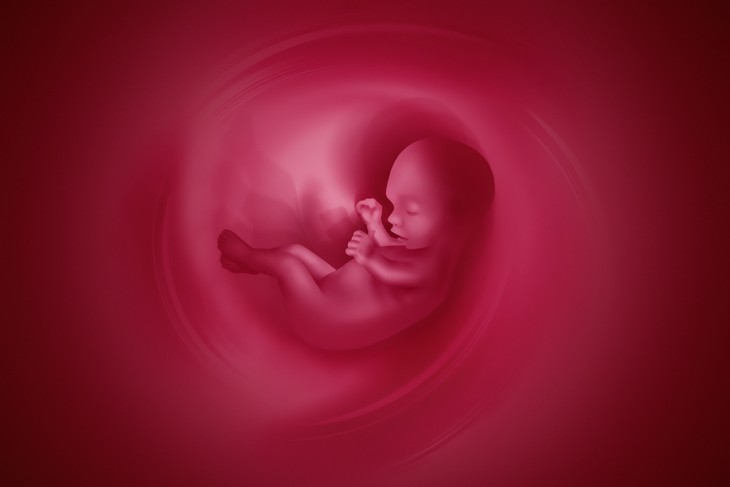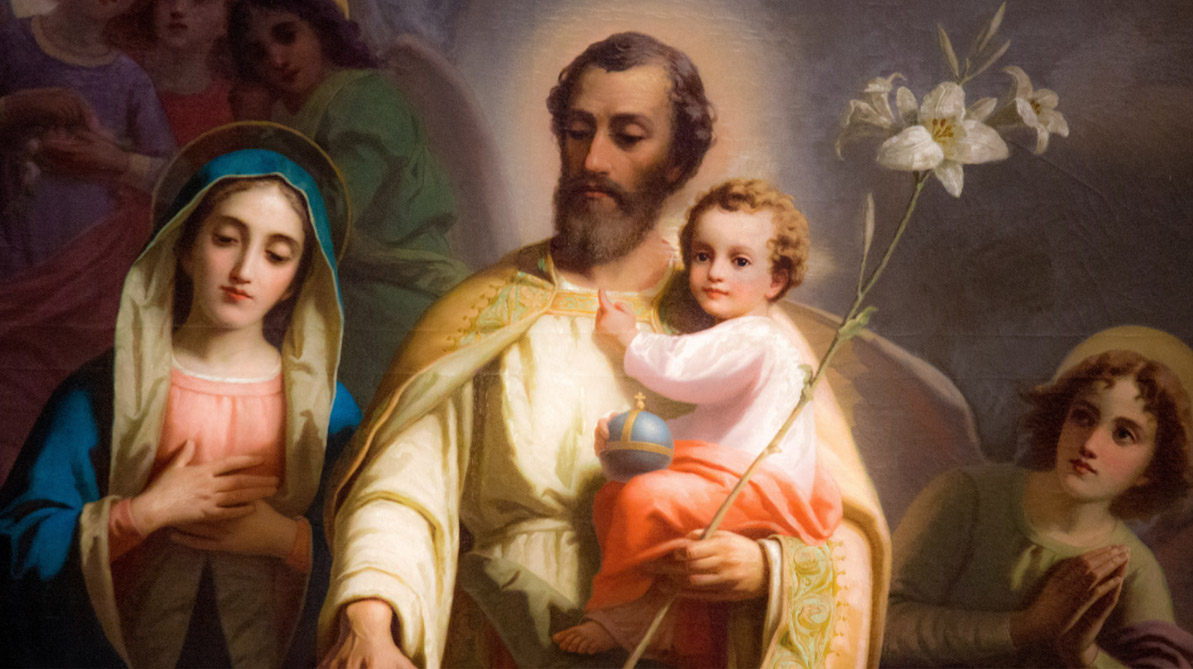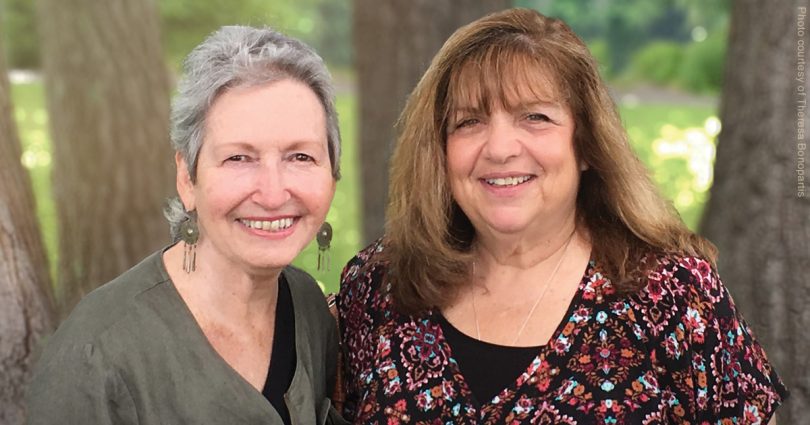By Susan Ciancio
An important part of pro-life education is understanding the things we do as Catholics and the things we see on a regular basis. Sometimes we get so set in our routines that we don’t even question why we do things, what the names of certain things are, or why the priest performs certain actions in Mass. That’s why we want to escape the talk of coronavirus and take some time to educate you and your children about some things you may have always wondered.
Here are 10 things about Mass that you and your children will find fascinating.
What does the ringing of the bells mean?
At some churches, an altar boy will ring bells when the priest holds up the Eucharist and the chalice. The ringing of the bells alerts us to the holiest part of the Mass. Before churches had microphones or speakers, people in the back could not hear the priest very well, so the bells were rung to make sure people knew the most important part of the Mass was coming.
What does transubstantiation mean?
Transubstantiation refers to what happens when Christ, through the priest, changes the bread and wine into His body and blood. This is a miracle, and you can see it every time you go to Mass! The body and blood still have the appearance of bread and wine, but they are really and truly the body, blood, soul, and divinity of Christ. This is one of the most amazing things about our Catholic faith. This is why we must be free of mortal sin when we receive them. And this is why we must always act in a very reverent manner when we go to receive Christ.
What is the name of the book that holds the readings?
This book is called a Lectionary. It holds all of the readings and the responsorial psalm for each Mass of the year in an organized manner. In the Lectionary, the readings are divided by the day or by a certain theme, such as marriages or baptisms. This book makes it easy for the person doing the readings, so that he doesn’t have to flip to different sections of the book as he reads.
Who can do the readings during Mass?
Lectors are laypeople and can do the Old Testament readings and the readings that don’t come from the Gospels, but only the priest, deacon, bishops, and cardinals can read the Gospel. We stand during the Gospel readings to venerate Christ because we are hearing His words and about His actions.
Why do we trace a cross on our forehead, lips, and heart before the Gospel is read?
We do this to symbolize that Christ’s word is in our heads, on our lips, and in our hearts. This helps us remember that we are going to hear about the real life of Christ and that we should listen very closely.
Why do we sometimes use incense?
Incense is used on many occasions during the year, such as Christmas, Easter, funeral Masses, or other solemnities. The smoke symbolizes prayer rising up to heaven. It also is a symbol of the fact that we recognize the presence of divinity there in the church, which is why the priest will, on special occasions, incense the Gospels, because Christ is present when we read His words. The container that holds the incense is called a thurible.
Why does the priest put a small piece of the Eucharist in the chalice with the blood?
According to Aletia, there are two reasons for this. This practice started in the early Church and symbolized a unity with the local bishop and the pope. It also reminds us of the unity of the body and blood of Jesus, who is present under both species.
What are the different parts of the Mass called?
Each Mass has four different parts. It begins with the Introductory Rites, which include the Penitential Rite and Opening Prayer. It then moves to the Liturgy of the Word, which is when we hear Bible readings, the priest’s homily, the Nicene or Apostle’s Creed, and the Intercessions (where we pray for those who need prayers). Then comes the Liturgy of the Eucharist. During this time, the priest prepares the altar, says the Eucharistic Prayer, and we receive Communion. The Mass ends with the Concluding Rite, which consists of the Closing Prayer and a Final Blessing. All Masses throughout the world have this same format and the same readings. So you could go to a Mass in Germany while your family goes to a Mass on the same day in Boston, and you will hear the same readings! Our Church is truly universal!
Did you know that there’s a relic under every altar?
In the early church, when Christianity was forbidden and people had to hide what they were doing, priests often used the tops of the above-ground tombs of martyrs as altars during the celebration of Mass. When they no longer had to hide, people still wanted the remains of those who had given their lives to be near them. This started the tradition of including a relic under each altar. Today, we do not have entire bodies under altars (though some churches in places like Rome do!), but we have small pieces of the saints, such as a chip of a bone or a lock of hair. This helps us remember that the saints are always there with us.
Why does the priest put a couple drops of water into the wine?
Though this may have initially been for a different reason, like to reduce the grittiness of ancient wine, today priests do it because we say that it symbolizes the union of the humanity and the divinity of Christ.
Our faith is truly amazing and steeped in such wonderful tradition. The more we learn, the more we are able to spread Christ’s word and build a culture of life in our homes and communities. As we approach Holy Week, spend some time learning more about the Church, spend time in prayer, and never forget to give thanks for the blessings in your life.
This article has been reprinted with permission and can be found at cultureoflifestudies.com/clsp-blog-divi/why-do-they-do-that.


